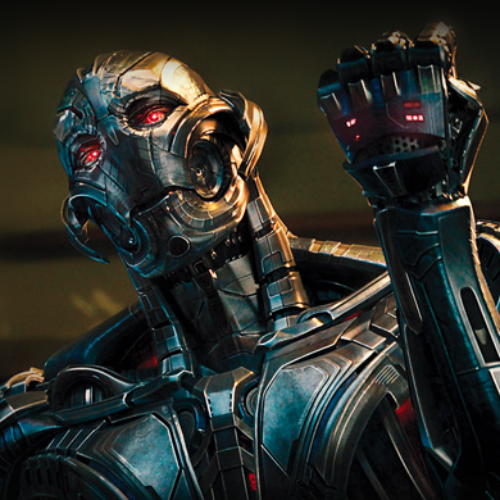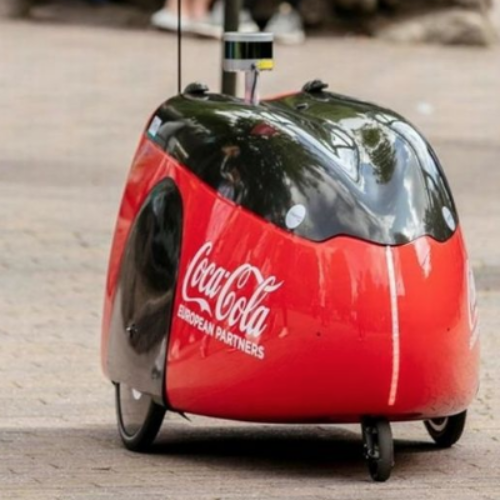Military Shape-Shifting Robot
In current times soldiers are able to deploy little drone style robots into the battlefield to attempt to perform tasks such as scanning the area or perhaps delivering things. The future could see this technology taken and completely revolutionized with the introduction of a new sort of help, a shape-shifting robot. This new robot if everything goes to plan looks to add the additional, remarkable, ability of shape-shifting into the list of tasks that these types of bots can perform. By shape-shifting, the developers mean the ability to shift and manipulate its shape to create a number of different tools/forms.
Shape-Shifting Robot Turns into Swarm
The roster of shapes the robot would be able to adopt would quite incredibly include that of a swarm of smaller robots, which would then be able to form bridges and other structures where needed. Who knows how many possibilities a shape-shifting robot would open up, such as possible medical use on the battlefield? A recent army release showcased the work that Georgia Institute of Technologies researchers have been doing, developing what they call “smarticles” which are essentially the building blocks for the shapes created by the collective swarm.
Dan Goldman, a professor at GIT recently stated, “People have been interested in making a certain kind of swarm robots that are composed of other robots” he then continued, “These structures could be reconfigured on demand to meet specific needs by tweaking their geometry.” Obviously, these robots if proven successful could also mean huge things for everyday life as well as for the military world! This type of structural building could be used on a huge scale in many crazy creative ways. “We are not looking to put sophisticated control, sensing and computation on them all, as robots become smaller and smaller, we’ll have to use mechanics and physics principles to control them because they won’t have the level of computation and sensing we would need for conventional control.”
On top of the already very impressive feats achieved by these researchers, recently they managed to actually 3D print the smarticles despite their tiny size, including the batteries needed along with this. Goldman had this to say, “Even though no individual robot could move on its own, the cloud composed of multiple robots could move as it pushed itself apart and shrink as it pulled itself together.” With this system, if one of the smarticles somehow stopped working, perhaps due to power problems, the others could then just pick it up and then continue like normal.
Once integrated into military systems it could make warfare even more complicated and deadly than it already is. There are countless other insane projects going on right now that are looking to enhance how the average soldier performs, the future of war could be a very technology-based affair if it’s not outright fought by the robots themselves.
You might also like
Meet The Man Who Uses Robotics To Make Music!
Meet Moritz Simon Geist, the man who uses robotics to make music. He is an upcoming DJ of sorts who is making huge waves at the moment with his innovative
Robots disobedience already a fact
Can robots actively disobey humans? Researchers from Tufts University in Massachusetts are training robots to making a decisions and being able to disobey humans. It could mark the era of
Coca Cola Delivery Autonomous Robots!
Most news that emerges from popular amusement park chain Alton Towers is about a new controversial ride or some sort of business proposition, however, this it time differs greatly. Recently



